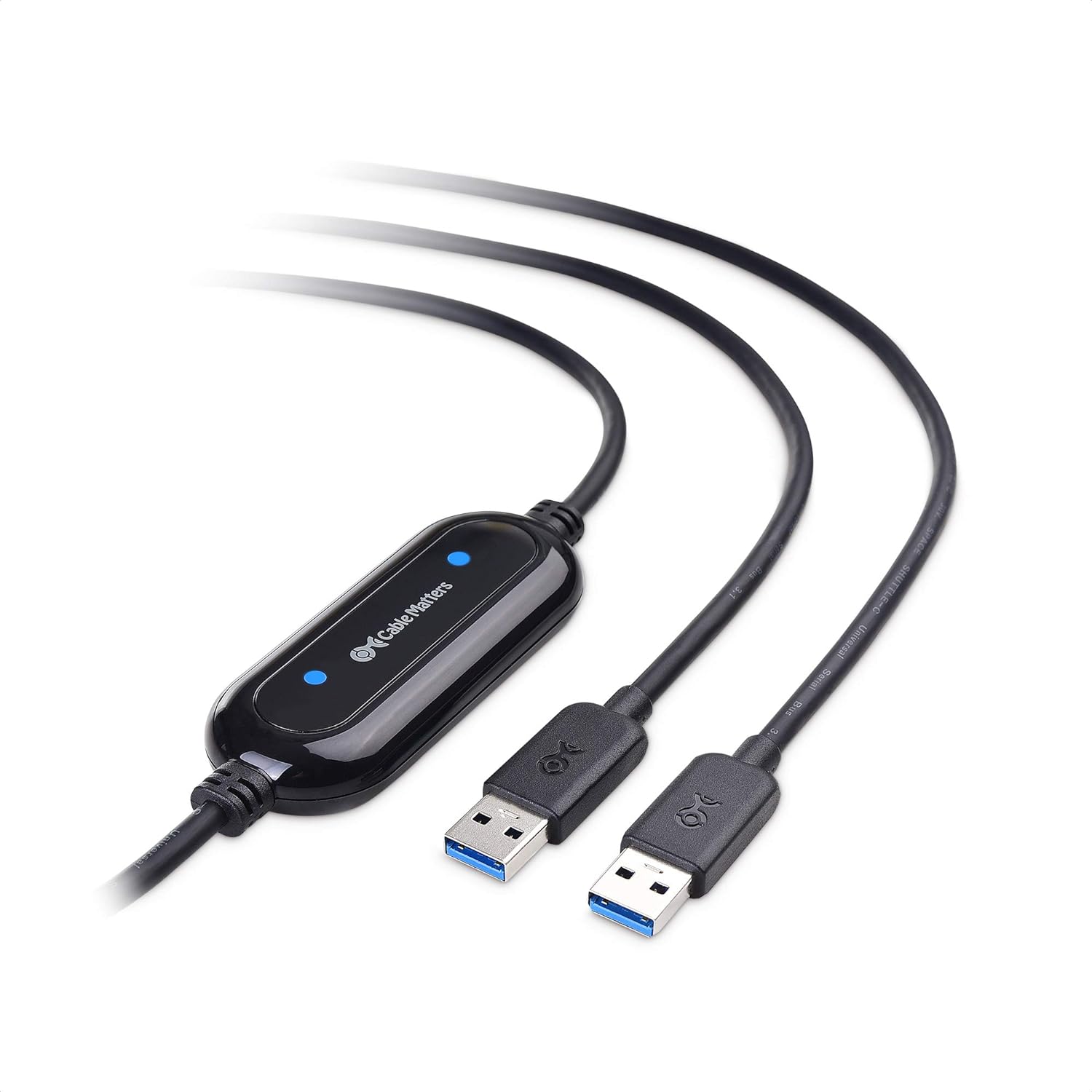Summary
- Log in to iCloud.com on your PC and select the photos you want to transfer
- Click on the download button to save the selected photos to your computer
- Alternatively, use iCloud for Windows to sync your iCloud photos with your PC
- Remember to regularly backup your photos to prevent data loss
Looking to transfer your iCloud photos to your PC quickly? Here’s how.
Why Transfer Photos to Your PC?

Transfer photos to your PC for safekeeping and easy access. By transferring your iCloud photos to your computer, you can create a backup in case anything happens to your device. This ensures that your precious memories are stored securely on your PC.
To transfer iCloud photos to your PC quickly, start by opening a web browser on your computer and navigating to the iCloud website. Log in using your Apple ID and password.
Once you’re logged in, select the photos you want to transfer by clicking on them. You can select multiple photos by holding down the Ctrl key on your keyboard and clicking on each photo.
After selecting the photos, click on the download icon to save them to your computer. Choose a location on your PC where you want to save the photos and click “Save.”
Transferring your iCloud photos to your PC also frees up space on your device, allowing you to take more photos and videos without worrying about running out of storage. Plus, having your photos on your PC makes it easier to organize them into folders and albums for easy access.
Make sure to regularly transfer your iCloud photos to your PC to keep your memories safe and easily accessible.
Using iCloud for Windows for Photo Transfer
To transfer iCloud photos to your PC quickly using iCloud for Windows, follow these simple steps:
1. Download and install iCloud for Windows on your PC from the Apple website.
2. Open the iCloud for Windows app and sign in with your Apple ID.
3. Check the box next to “Photos” to enable photo syncing between your iCloud account and your PC.
4. Click on the “Options” button next to “Photos” to customize your photo syncing preferences.
5. Select the “Download new photos and videos to my PC” option to automatically download new photos from iCloud to your PC.
6. Choose the destination folder on your PC where you want the photos to be saved.
7. Click on the iCloud icon in the system tray and then select “Download Photos” to manually download photos from iCloud to your PC.
8. Wait for the photos to download and then access them in the designated folder on your PC.
9. You can now easily access and manage your iCloud photos on your Windows PC.
Downloading Photos Directly from iCloud.com
To download photos directly from iCloud.com to your PC quickly, follow these steps:
1. Log in to iCloud.com using your Apple ID and password.
2. Click on the “Photos” icon to access your photo library.
3. Select the photos you want to download by clicking on each photo while holding down the “Ctrl” key.
4. Once you have selected all the photos you want to download, right-click on one of the selected photos and choose the “Download” option.
5. Your selected photos will then be downloaded to your PC in a ZIP file.
6. Locate the ZIP file in your computer’s downloads folder and extract the photos by right-clicking on the ZIP file and selecting the “Extract All” option.
7. Choose a destination folder for the extracted photos and click “Extract”.
8. Your iCloud photos will now be saved to your PC for easy access.
Selective vs. Bulk Download Methods
- Log in to your iCloud account on your PC using a web browser.
- Select the photos you want to download by clicking on them.
- Click on the download button to save the selected photos to your computer.
Bulk Download Method:
- Download and install the iCloud for Windows app on your PC.
- Launch the app and sign in with your iCloud account.
- Check the box next to Photos to enable photo syncing with your PC.
- Click on Options to select the folders you want to download.
- Click on Apply to start the download process.
Copying iCloud Link for Easy Transfer
To copy iCloud link for easy transfer of photos from iCloud to your PC, follow these simple steps:
1. Open your web browser and go to iCloud.com.
2. Log in using your Apple ID and password.
3. Click on the “Photos” icon.
4. Select the photos you want to transfer by clicking on each photo while holding down the Command key on your Mac or the Ctrl key on your Windows PC.
5. Once you have selected the photos, right-click on one of the selected photos to bring up the context menu.
6. In the context menu, select “Copy iCloud Link” to generate a link that will allow you to easily transfer the photos to your PC.
7. Open a new tab in your web browser and paste the copied iCloud link into the address bar.
8. Press Enter to open the link and then click on the “Download” button to save the photos to your PC.
9. Your selected iCloud photos will now be downloaded to your computer for easy access and storage.
Bonus Tips: Directly Transferring Photos from iPhone/iPad
To directly transfer photos from your iPhone/iPad to your PC quickly, follow these bonus tips:
1. Connect your iPhone/iPad to your PC using a USB cable.
2. Open the Photos app on your iPhone/iPad and select the photos you want to transfer.
3. On your PC, open File Explorer and navigate to your device under “This PC”.
4. Copy the selected photos from your iPhone/iPad and paste them into a folder on your PC.
5. Alternatively, you can use iCloud for Windows to sync your iCloud photos with your PC.
6. Install iCloud for Windows on your PC and sign in with your Apple ID.
7. Enable the Photos option in iCloud for Windows to download your iCloud photos to your PC.
8. You can also use third-party apps like Google Photos or Dropbox to automatically upload and sync your photos across devices.
9. Remember to regularly backup your photos to prevent any data loss.
10. With these tips, you can easily transfer photos from your iPhone/iPad to your PC without any hassle.
F.A.Q.
How do I transfer photos from iCloud to PC?
To transfer photos from iCloud to a PC, you can open File Explorer and navigate to iCloud Photos. From there, select the images you want to transfer, right-click, and choose “Always keep on this device.”
Why can ti transfer photos from iCloud to PC?
You can transfer photos from iCloud to a PC if you have enough storage space on both devices and a stable Internet connection.
How do I download my photos from iCloud?
To download your photos from iCloud, you can turn on iCloud Photos in your iPhone settings. This will allow you to access and download your photos on a Mac, PC, or Android device.
How do I transfer photos from iPhone to computer?
To transfer photos from your iPhone to your computer, start by unlocking your phone. Then, open the Photos app on your computer by selecting the Start button and clicking on Photos. From there, select Import > From a USB device and follow the instructions to complete the transfer.

